
MEDICINE
haematology
oj
Lec.42
Dr.Ali M.
Introduction to Hematology
Lec .1
20/2/2017
Done by : Taher Ali Taher
2016-2017
مكتب اشور لالستنساخ
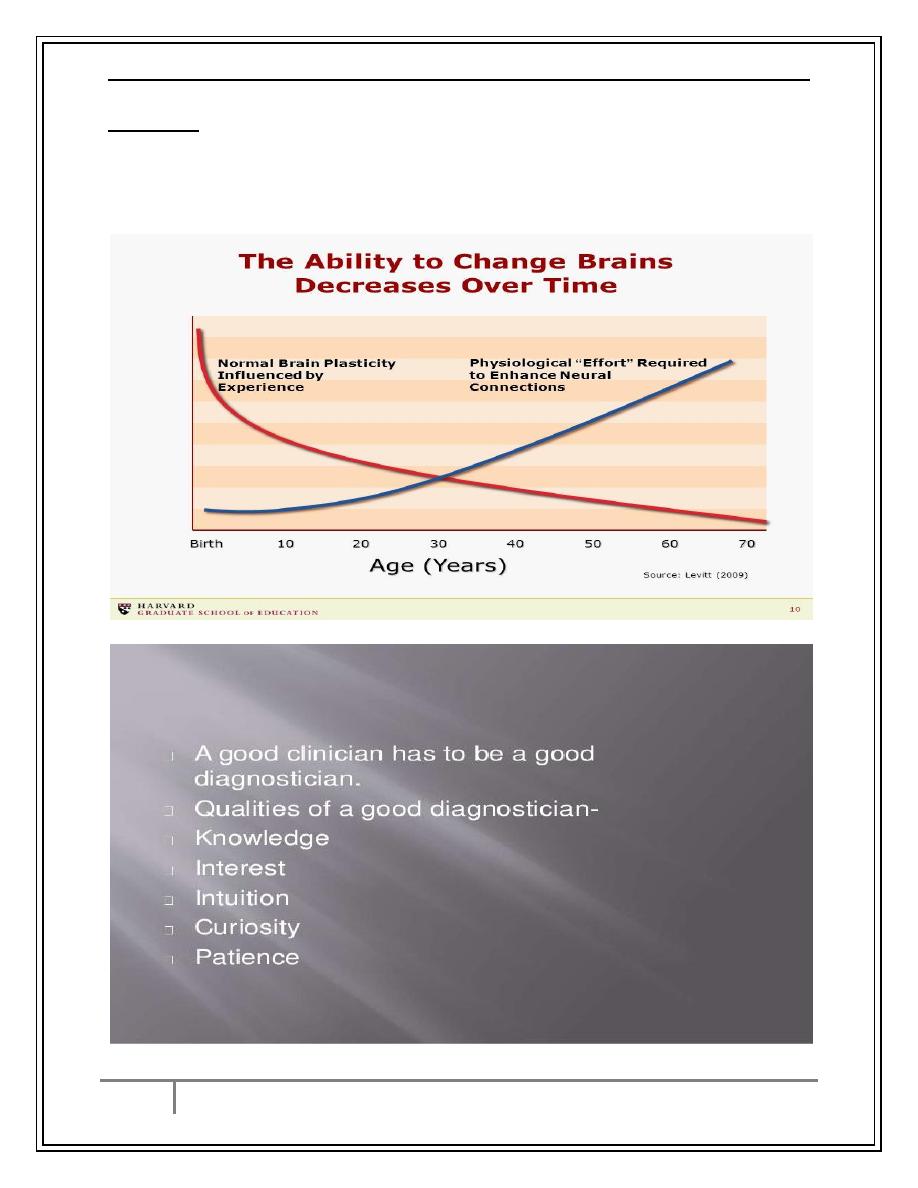
Dr.Ali .m
Introduction to Hematology
20/2/2017
1
By: taher ali taher
Objectives
By the end of this lecture, the student should be able to:
1-classify hematological disorders
2-describe the clinical presentations of hematological disorders.
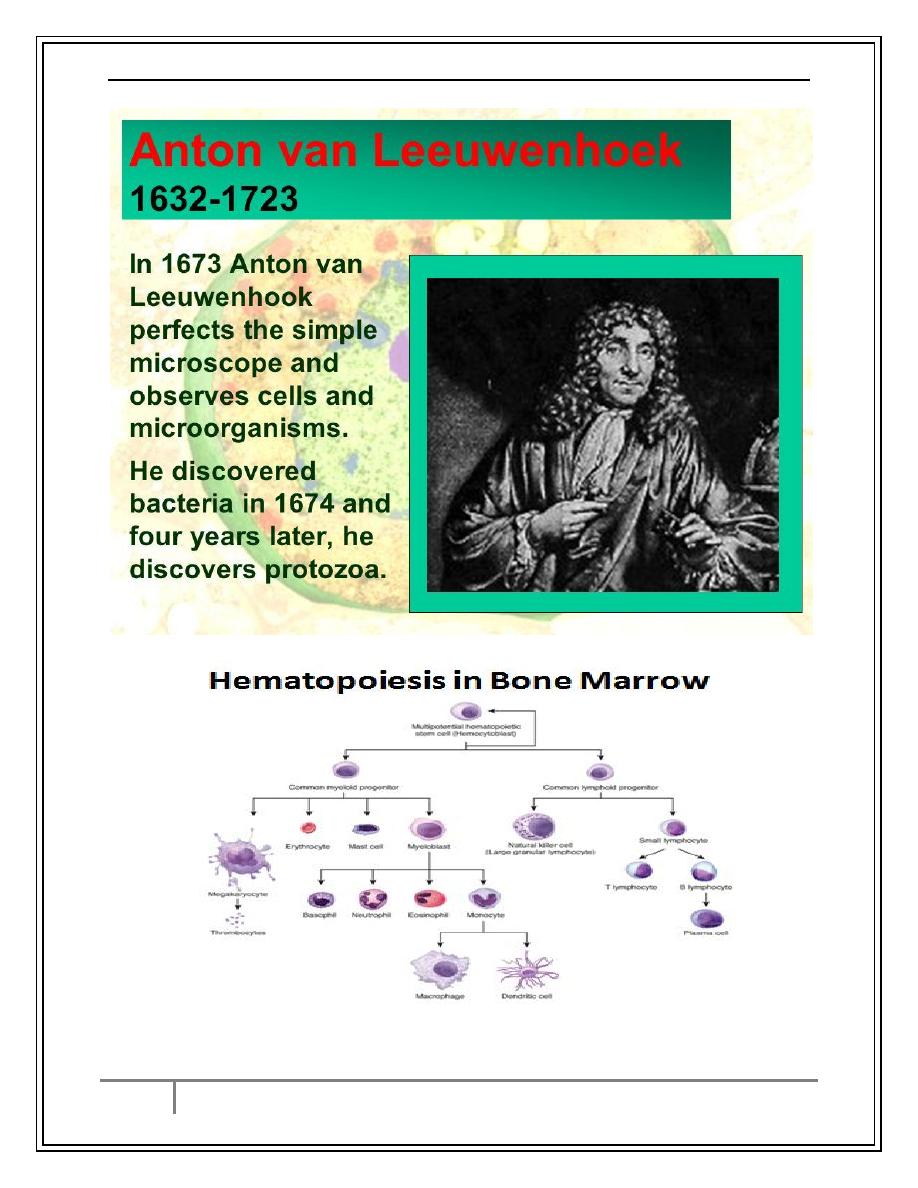
Dr.Ali .m
Introduction to Hematology
20/2/2017
2
By: taher ali taher
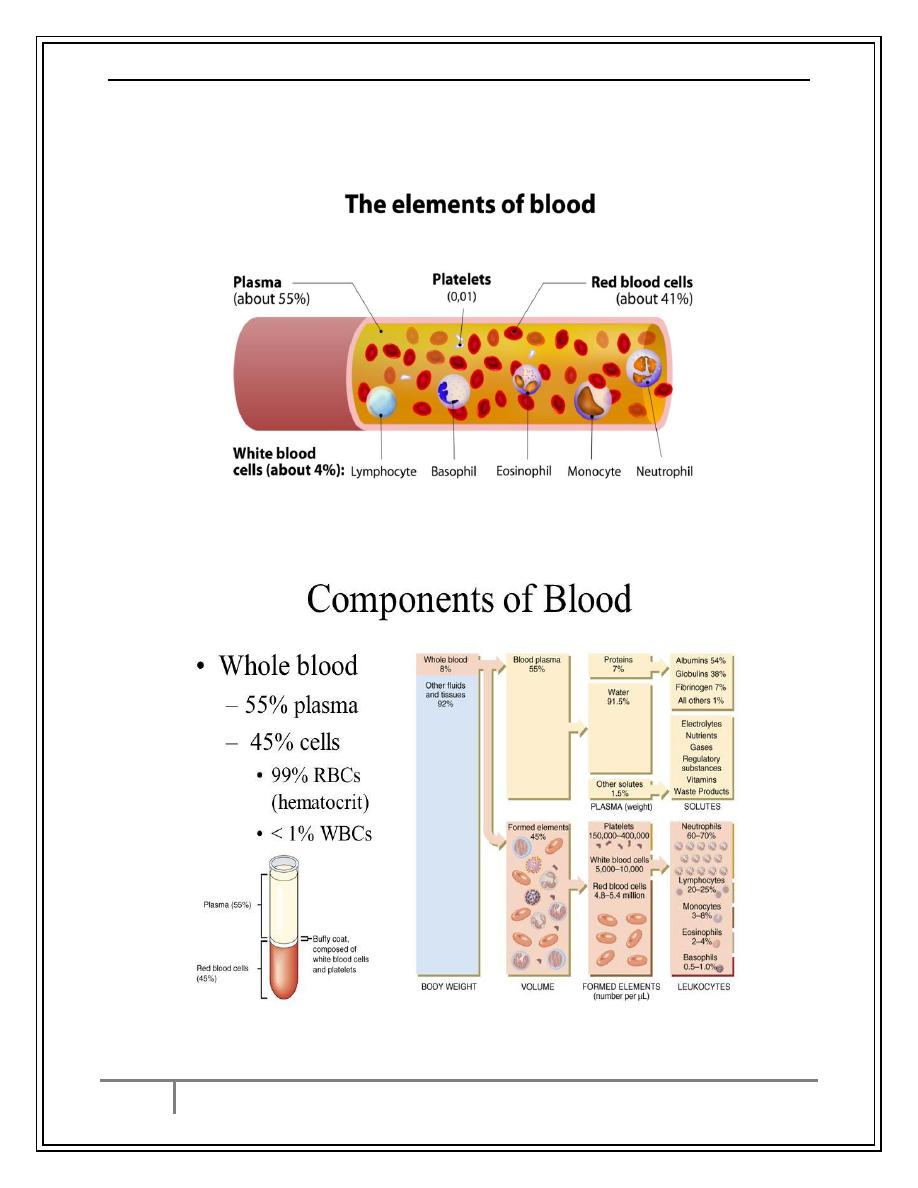
Dr.Ali .m
Introduction to Hematology
20/2/2017
3
By: taher ali taher
Blood constituents

Dr.Ali .m
Introduction to Hematology
20/2/2017
4
By: taher ali taher
Classification of Hematological Disorders
1-Stem cell disorders: resulting in bone marrow failure , myelodysplasia or
malignant disorders like myeloproliferative disorders.
2-Erythroid cells disorders: classified into
A-hypoproliferative anemias: iron deficiency, folate and vit B12 deficiency, anemia
of chronic disease, bone marrow infilteration.
B-hemolytic anemias: hereditary or acquired.
C-erythrocytosis
3-White blood cells disorders: affecting granulocytic-monocytic line, T and B
lymphocytes- plasma cells , NK cells .
Disorders can be benign or malignant.
4-Hemostatic disorders:
A-Bleeding Disorders: platelet problems , clotting factor problems or vascular
problems.
Could be hereditary or acquired.
B-Thrombophilic Disorders: hereditary or acquired .
Case Scenario
A 20 year old college student presented with 2 months history of increasing
pallor and easy fatigability on exertion. She was previously in good health
.During the 2 months she had also chronic non-bloody diarrhoea and she
had progressive weight loss.
Her hemoglobin level was 8gm/dl.
What is your provisional diagnosis ?
Clinical Presentation of Hematological Disorders
Anemia
Any disorder that leads to blood loss , affects erythopoiesis or accelerates RBC
destruction (hemolysis) will result in anemia. Anemia manifests as pallor, easy
fatigability,dizziness and may result in CVS and CNS effects. Hemolytic anemia is
usually associated with Jaundice.
Anemia is considered a manifestation of different diseases and not a disease itself.

Dr.Ali .m
Introduction to Hematology
20/2/2017
5
By: taher ali taher
Students Task
A 55 year old lady has chronic renal failure and she is scheduled for
hemodialysis.
Her hemoglobin level is 7 g/dl.
Mention four causes of anemia in this patient.
1 anemia of chronic disease
2 Erythropoietin deficiency
3 Blood lose
4 Decrease life span of RBC
Lymphadenopathy
Lymphadenopathy is usually seen with
1-leukemias, lymphomas.
2-Infections mimicking hematological disorders : infectious mononucleosis, HIV
infection, CMV infection, toxoplasmosis and TB.
3-Auto-immune diseases like SLE.
The lymph nodes could be superficial or deep in the mediastinum or abdomen.
They are usually firm, non tender and mobile.
In TB , they can be sometimes matted and fixed.
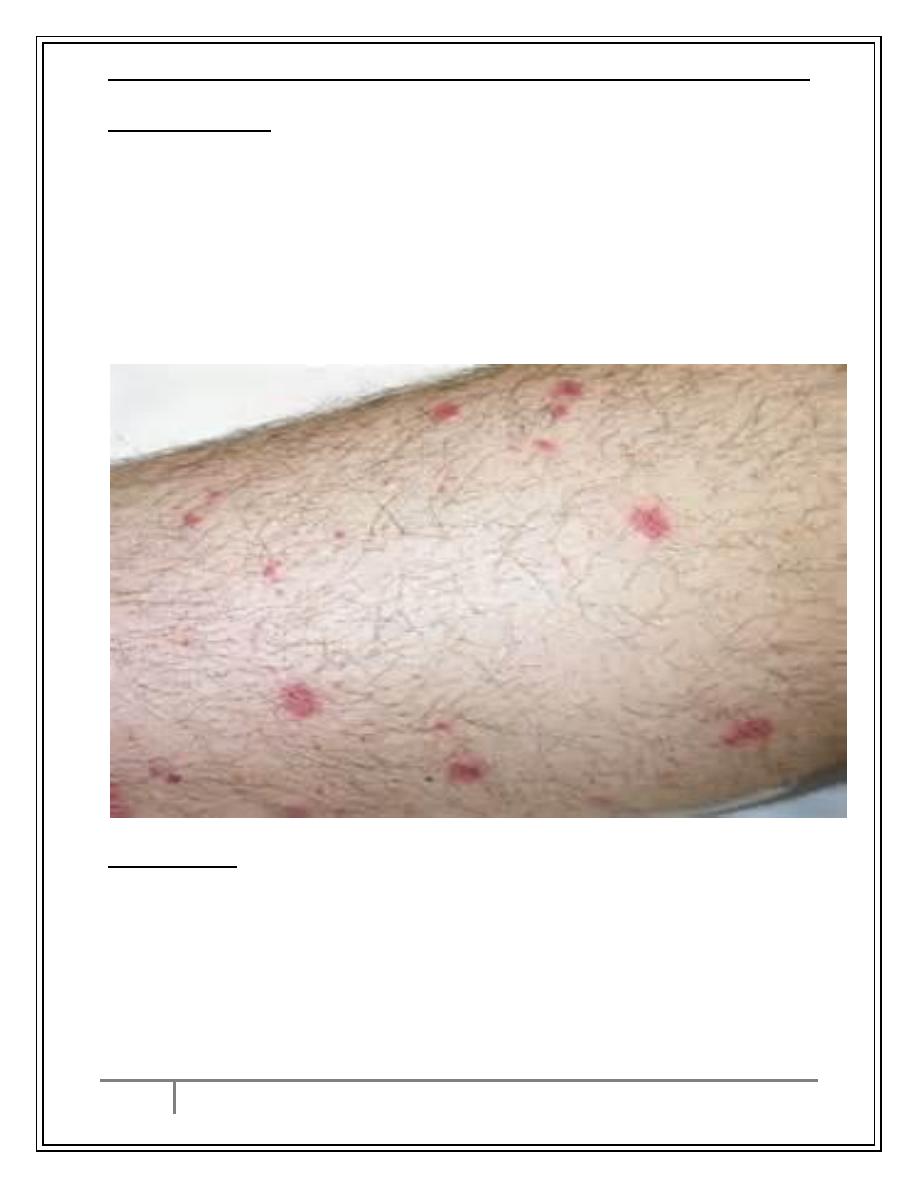
Dr.Ali .m
Introduction to Hematology
20/2/2017
6
By: taher ali taher
Bleeding Tendency
1-Platelet disorders: mucocutaneous bleeding like petichiae,purpura and
ecchymoses.Also epistaxis and vaginal bleeding.Responds to local pressure.
2-Clotting factor deficiency: ecchymoses, and deep seated bleeding. Does not
respond to pressure.
3-Vascular disorders : palpable and nonpalpable purpura.
The bleeding is spontaneous or after minor trauma and may occur from multiple
sites.
Could be an important cause of morbidity and mortality.
Fever and PUO
Fever is an important manifestation of malignant blood disorders like leukemia
and lymphoma and also aplastic anemia ( neutropenia).
The fever is may be due to infection because of decreased immunity but it can be
due to the disease activity itself ( as a presenting feature).
Sometimes lymphoma presents as PUO and discovered during investigations.
Infections in these patients progress rapidly and are an important cause of
morbidity and mortality.

Dr.Ali .m
Introduction to Hematology
20/2/2017
7
By: taher ali taher
Splenomegaly
Splenomegaly is seen with a variety of hematological disorders like:
1-Many types of hereditary and acquired hemolytic anemias.
2-Leukemias and lymphomas.
3-Myeloproliferative disorders.
It is not seen with idiopathic aplastic anemia.
Huge splenomegaly is an important feature of myeloproliferative disorders ,
Thlassemia major and hairy cell leukemia.
Deep Venous Thrombosis
Usually lower limb DVT but can affect unusual sites.
It is seen in different hematological and non hematological conditions.
There is a Thrombophilia status due to an imbalance of blood constituents like
increased clotting factors, increased platelets, decreased natural anticoagulants (
protein C & S and antithrombine) and also vascular damage.
It is seen with malignant blood disorders and hereditary hemostatic disorders.
DVT can result in morbidity and mortality due to Pulmonry Embolism.
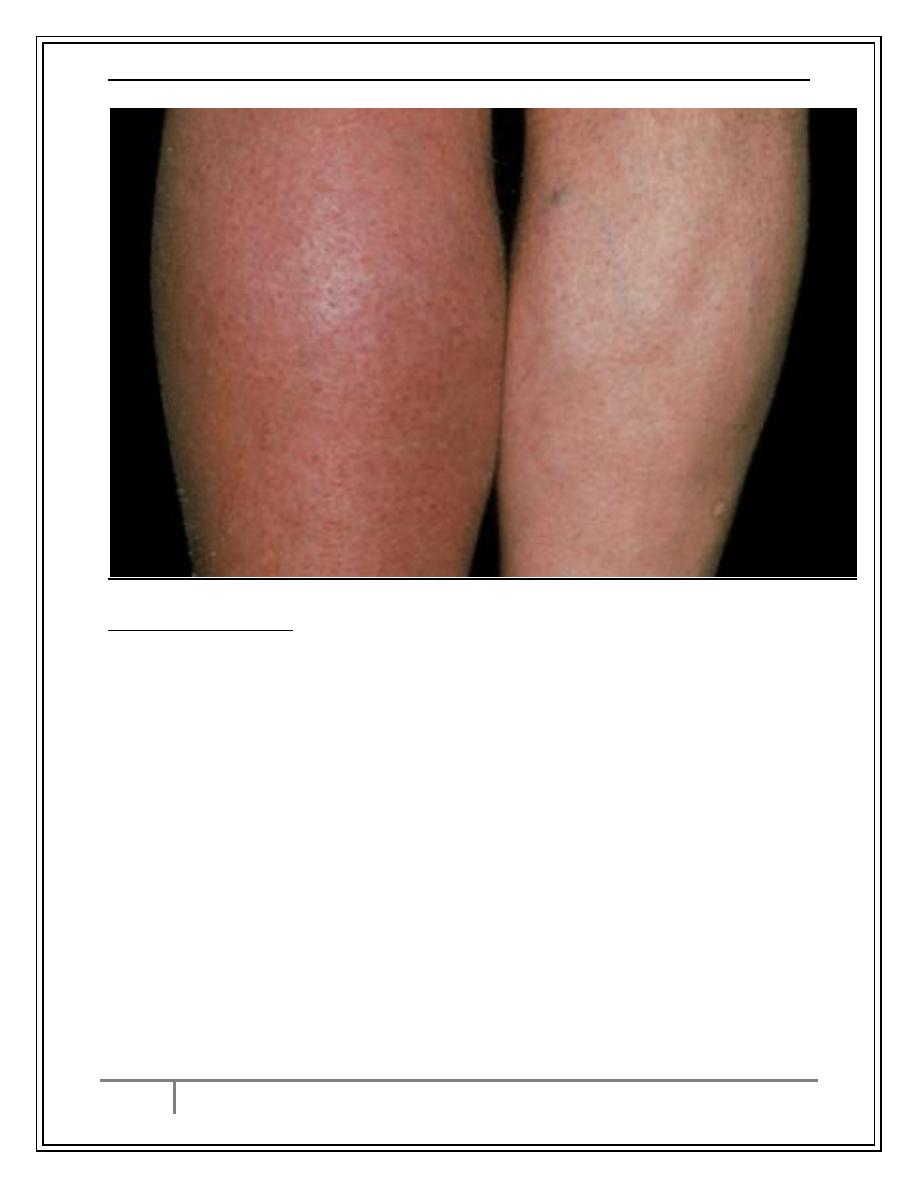
Dr.Ali .m
Introduction to Hematology
20/2/2017
8
By: taher ali taher
Other manifestations
1-Superior vena cava obstruction: due to mediastinal lymph nodes in lymphoma.
2-Pleural Effusion due to pleural infilteration in lymphoma.
3-Ascites due to peritoneal infilteration in lymphoma.
4-Obstructive Jaundice due to lymph node pressure at porta hepatis in
lymphoma.
5-Neurological abnormalities: vit B12 deficiency, spinal cord compression and
meningeal infiltration by leukemia nd lymphoma.
6-Metabolic disorders: hypercalcemia in multiple myeloma and lymphoma.
7-Bone fractures in lymphoma and multiple myeloma.
8-Hypersplenism: in thalassemia and myeloproliferative disorders.
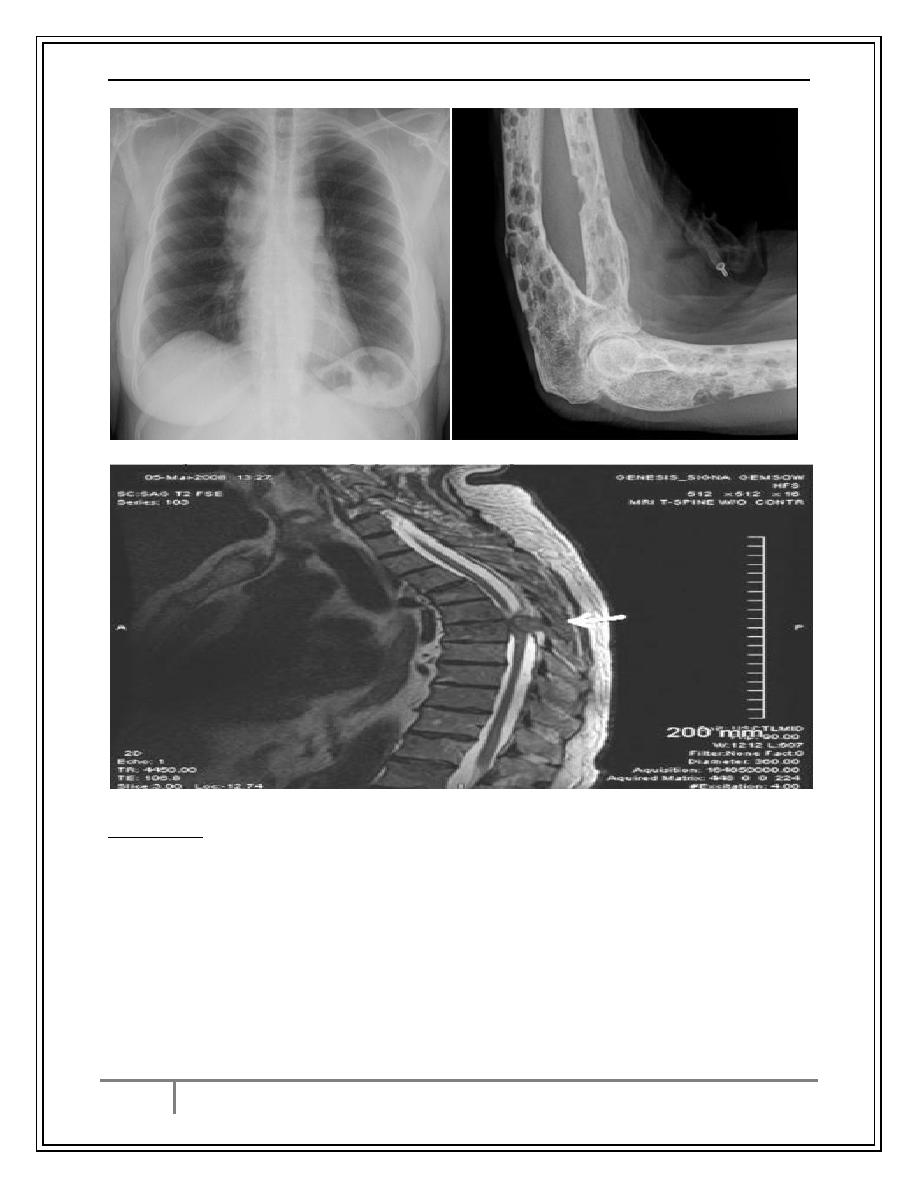
Dr.Ali .m
Introduction to Hematology
20/2/2017
9
By: taher ali taher
Conclusion
1-Classification of hematological disorders is wide and the conditions can be
hereditary or acquired.
2-Clinical presentation depends on cell line affected , some of the conditions
affect more than cell line.
3-Anemia is the commonest manifestation.
4-Different conditions may have similar manifestations.
5-Some of the problems are life threatening.
…the end…
